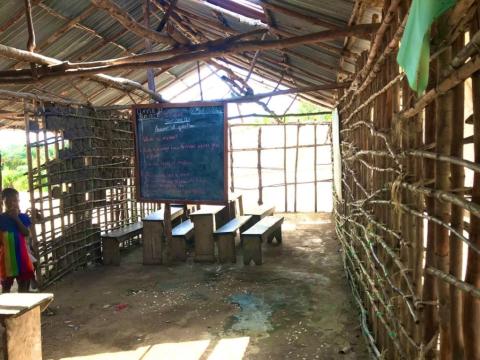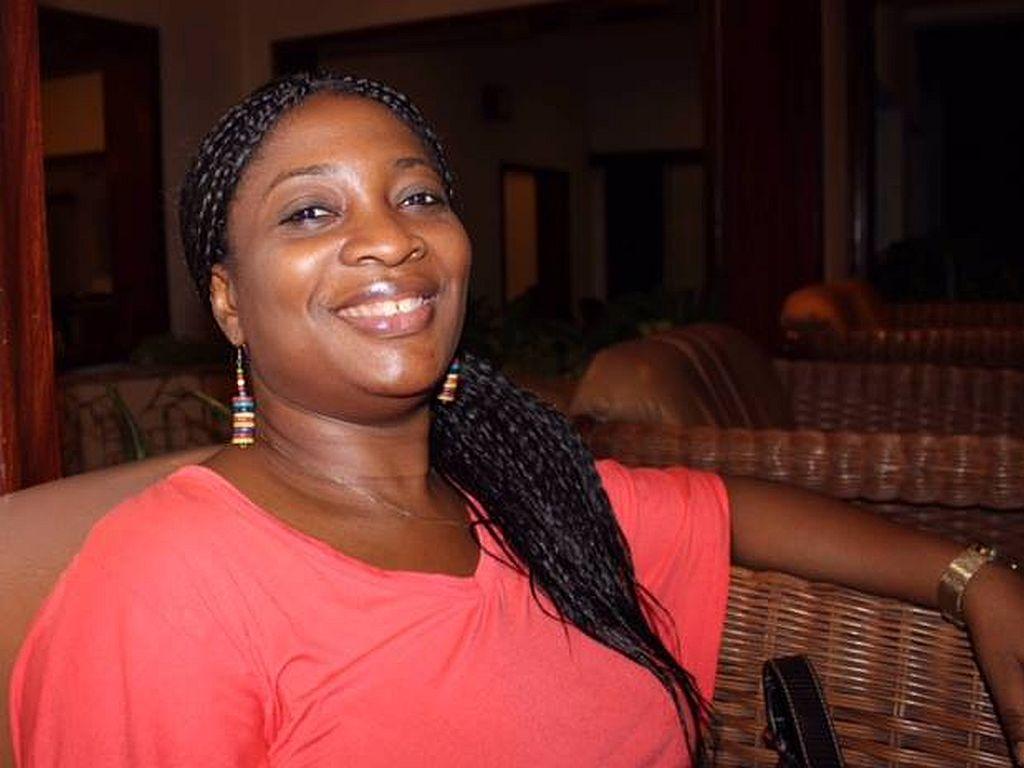By Nasratu Kargbo
As our boat approached the island, I peeked out to glimpse where we were heading. I was stunned by the beauty before my eyes: tall dancing palm trees, little grains of white sand, and crystal-clear blue waters glittering under the sun's rays. The scene instantly reminded me of the idyllic pictures I’ve seen of the Maldives. But this wasn’t the Maldives—this was Sei Island in Sierra Leone.
Dear Gentle Reader
Did you know that what used to be one large mass of land has fragmented into the six Turtle Islands? Or that the weather can determine the sex of a sea turtle? Stay with me as I share insights about the education system, livelihoods, and my personal experience during a three-day stay on the Turtle Islands.
How Climate Change Shaped the Islands’ Story
Locals recount that the Turtle Islands were once a single landmass. Over time, land fragmentation, erosion, and rising sea levels split it into six islands: Hung, Bumpeh Toke, Mut, Sei, Baki, Yele, and Nyangah.
Hung Island has become a sacred space for men, serving as an initiation ground for secret societies. Women are prohibited from stepping foot there—so much so that men confidently roam naked without concern. Meanwhile, Bumpeh Toke and Mut Islands, which are connected, boast the largest fishing population in the Turtle Islands.
However, Nyangah Island faces a grim fate. Once over 500 meters long, it has now shrunk to a mere 70 or 80 meters due to climate change and sea erosion. The Paramount Chief has allocated land on other islands to displaced residents, but many are reluctant to leave the familiar comfort of Nyangah.
Edward Aruna, one of those affected, now lives on Sei Island. He recalls losing his assets to erosion and laments the vanishing coconut trees once lining Bumpeh Toke’s beach. “If we don’t act, this island will split in half in the next five years,” he predicts.
Aruna is leading an initiative to plant mangroves and educate residents on their importance. “Mangroves reduce erosion, absorb storm surges, and stabilize the shoreline,” he explained, urging communities to stop harvesting mangroves for firewood.
Education and Healthcare Challenges: A ‘Death Trap’ School in Baki
None of the six islands have secondary schools, leaving parents to send their children to the mainland if they want to pursue further education. Many children drop out due to financial constraints and join their parents in the fishing business.
Primary schools exist but are in dire conditions. On Baki Island, the only school is a ramshackle structure made of wooden sticks, rusty steel sheets, and tarpaulin. It houses 254 pupils from classes one to six, taught by just three teachers.
“This school is a death trap,” lamented teacher Ansumana Keifala. “We use it because we have no choice, but it’s dangerous, especially during the rainy season.” The community has attempted to rebuild the school but struggles to find the resources needed.
Keifala also highlighted the lack of healthcare facilities. The island relies on a single Community Health Officer, who is often away. For medical emergencies, residents must travel by boat to Cheppo Island in Dema Chiefdom, which has the nearest healthcare facility.
A Memorable Experience
From the moment I arrived, the beauty of the islands captivated me. Crystal-white shells of various shapes and sizes adorned the beaches. While locals use these shells for construction, I saw potential for them as ornaments and souvenirs—a business opportunity waiting to be tapped.
Each island offered its own charm, with clean beaches, quiet mornings, and stunning sunsets. I spent my days exploring, meeting locals, and enjoying delicious fish dishes. However, I learned the hard way about the importance of sun protection, as I suffered from sunburn during my long outdoor excursions.
Livelihoods on the Islands
Fishing is the lifeblood of the Turtle Islands. Men catch the fish, while women process it for sale. Every weekend, they travel to Tombo, a major fish market in Freetown. Fish processor Isata Lebbie explained, “The profit from fish sales helps us feed our families, send our children to school, and support relatives.”
Sea Turtles: The Island’s Namesake
Sea turtles, the island's namesake, nest on these shores. Each turtle digs a four-foot-deep hole to lay up to 150 eggs, carefully covering and disguising the nest before returning to the sea. Sadly, the mother never sees her hatchlings, many of which fall prey to predators before reaching adulthood.
Musa Lebbie, a turtle monitor, explained that weather conditions determine a turtle’s sex. Hotter temperatures yield more females, while cooler temperatures result in more males. Sierra Leone is home to five of the world’s seven turtle species, including the Leatherback and Hawksbill.
A Call to Action for Tourism Stakeholders
Sierra Leone has over 15 islands, each with unique histories and untapped potential for tourism. Take Bird Island, where visitors could observe and learn about rare bird species. Or Bunce Island, with its rich history as a former slave-trading post. Ghana’s Osu Castle attracts millions of tourists annually; why can’t Sierra Leone achieve the same?
Beyond our stunning beaches, Sierra Leone has cultural and historical treasures waiting to be monetized. It’s time for tangible action, not just policies, to unlock the economic potential of our tourism sector.
The Turtle Islands left me in awe of their natural beauty and cultural richness but also deeply aware of their vulnerabilities. With strategic investments in education, healthcare, and tourism, we can uplift these islands and preserve their legacy for generations to come.
© Copyright (2024) Politico (23/12/24)










